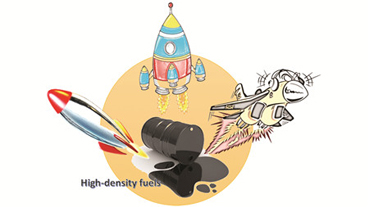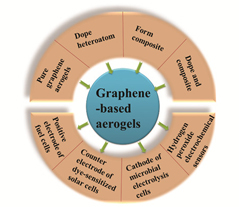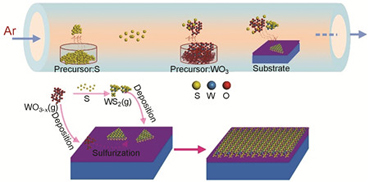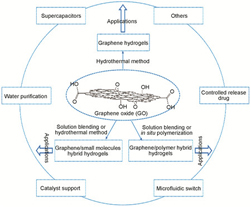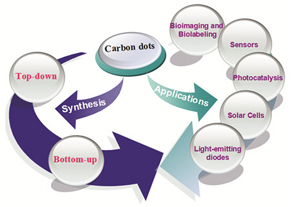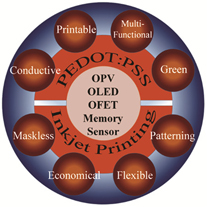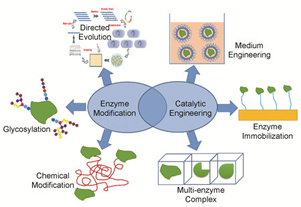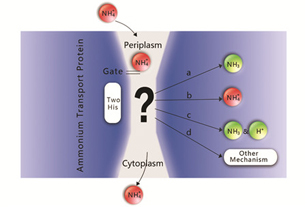Graphene-like transition metal chalcogenide compounds such as MoS
2, WS
2, MoSe
2, WSe
2 have attracted wide interests because of their unique layer number-dependent bandgap. In particularly, intrinsic WS
2 is a bipolar semiconductor with
n-type and
p-type electronic transport properties, it is expected to be widely used in electrical circuit, memory, photodetector and photovoltaic devices. Recently, chemical vapor deposition(CVD) technique, in contrast to traditional chemical or physical exfoliation options, is extensively used to prepare large-area two-dimensional transition metal chalcogenide(such as MoS
2, MoSe
2, WS
2 and WSe
2) atomic layers. Although a few review papers about other two-dimensional materials have been published, the detailed introduction for graphene-like WS
2 has been rarely reported. In this review, we summarize the research progress on chemical vapor deposition and related devices of graphene-like WS
2. First, we introduce two growth methods of preparing WS
2 thin films via chemical vapor deposition techniques: two-step growth route and one-step growth route, and then discuss the growth mechanism of the two methods and essential parameters that influence the growth of the WS
2 thin films such as sulfur content, carrier gas composition, reaction temperature and substrate materials. Then, we introduce the research progress of WS
2-based transistors, photoelectric devices and related heterostructures. Finally, we analyze and review possible problems in developing WS
2-related devices.
Contents
1 Introduction
2 Physical Properties of tungsten disulfide thin films
3 Preparation of WS2 thin films via chemical vapor deposition technique
3.1 Classification of chemical vapor deposition technique
3.2 Mechanism of preparing WS2 thin films
4 Application of WS2 thin films in electrical devices
4.1 Field effect transistor
4.2 Photoelectric device
4.3 Heterostructural device
5 Conclusion and outlook










